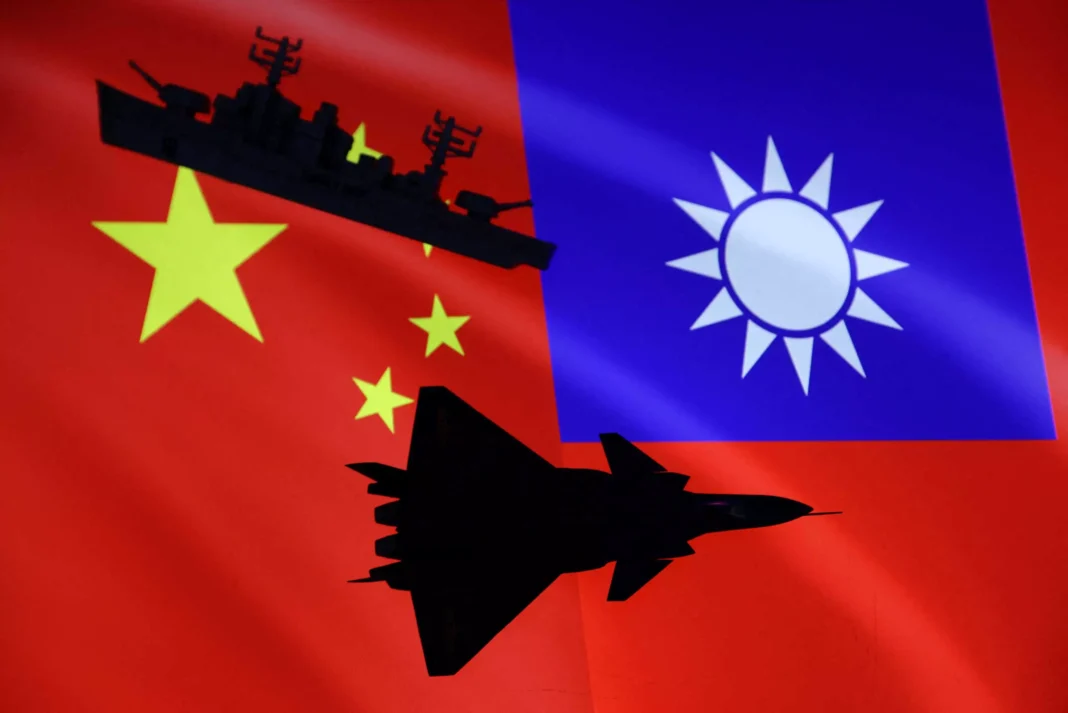Taiwanese fiery President Tsai Ing-wen warned China on 13 November that the island belongs to its people and that Taiwan’s existence was a provocation to no one. Matching Chinese leader Xi Jinping’s calls to its military to focus on preparing for war, Tsai said she had not “surrendered” to Xi’s “one country, two systems” proposal for autonomy under Chinese sovereignty and her mission in life was to ensure the island continued to belong to its people.
On 8 November, Xi targeting Taiwan, said that the Party’s military branch must train for any war and be prepared for unforeseen conflicts over “increased instability and uncertainty.” The Chinese regime considers Taiwan a part of its territory, despite the island being a de facto nation-state with its own democratically elected government, military, and currency. Beijing has threatened military force to bring the island under its fold.
The US Under Secretary of Defense for Policy Colin Kahl said an attack on the island’s democracy could come anytime. “I don’t think they’re likely to invade Taiwan in the next couple of years. But you never know,” he said on 4th November; “Xi has certainly given his military the charge to have that capability by the end of this decade and probably by 2027.”
The government in Taipei fully understands the posturing of willy Chinese intentions, and it has started military preparations with a strategic shift from purchases of large military platforms and systems, like fighter jets and naval vessels, to smaller lethal anti-ship and surface-to-air-missiles, according to local media reports.
Known as the porcupine strategy, Taiwan’s shift takes advantage of China’s main weakness, moving soldiers by ship and plane across 110 miles of water called the “Taiwan Strait”. Taipei has an asymmetric advantage as the missiles are required to hit Chinese aircraft and ships with much more ease than their targets.
The United States and Japan would most likely assist Taiwan with weapons systems and direct intervention. China’s expansion poses a more significant threat to both countries than Russia’s because China’s economic power is about ten times greater. Allowing China to take Taiwan would also make Japan’s southernmost islands vulnerable and break the first-island chain that contains China’s navy. President Joe Biden has increased the level of commitment to Taiwan by saying, on four occasions, that the United States would defend Taiwan with military force. This has not changed US policy on Taiwan because it was always, arguably, to protect the country. But Taiwan cannot rely entirely on US intervention. In addition to missiles, Taiwan prioritises armed drone production and cyber defence.
Ukraine’s military has proven the effectiveness of drones, whether of the type that fires missiles and returns to base or of the smaller kamikaze variety. Taiwan has purchased numerous armed drones from the United States but is also developing its own indigenous industry in case the PLA navy succeeds in blockading the island.
Taiwan’s ability to use the internet to inform the world about an ongoing attack will also be essential to garnering global public support. Suppose China attempts to cut Taiwan’s access to the internet, for example, by severing underwater cables. In that case, Taipei’s two-month-old Ministry for Digital Affairs is developing a backup service that does not rely on foreign governments or corporations. The Ministry plans to connect 5G mobile towers to 700 satellite receivers in mid- or low-earth orbit.
While Taiwan is taking concrete steps to defend and train itself in preparation for a “real war scenario”, tensions in the Taiwan Strait increase the risk of conflict.

